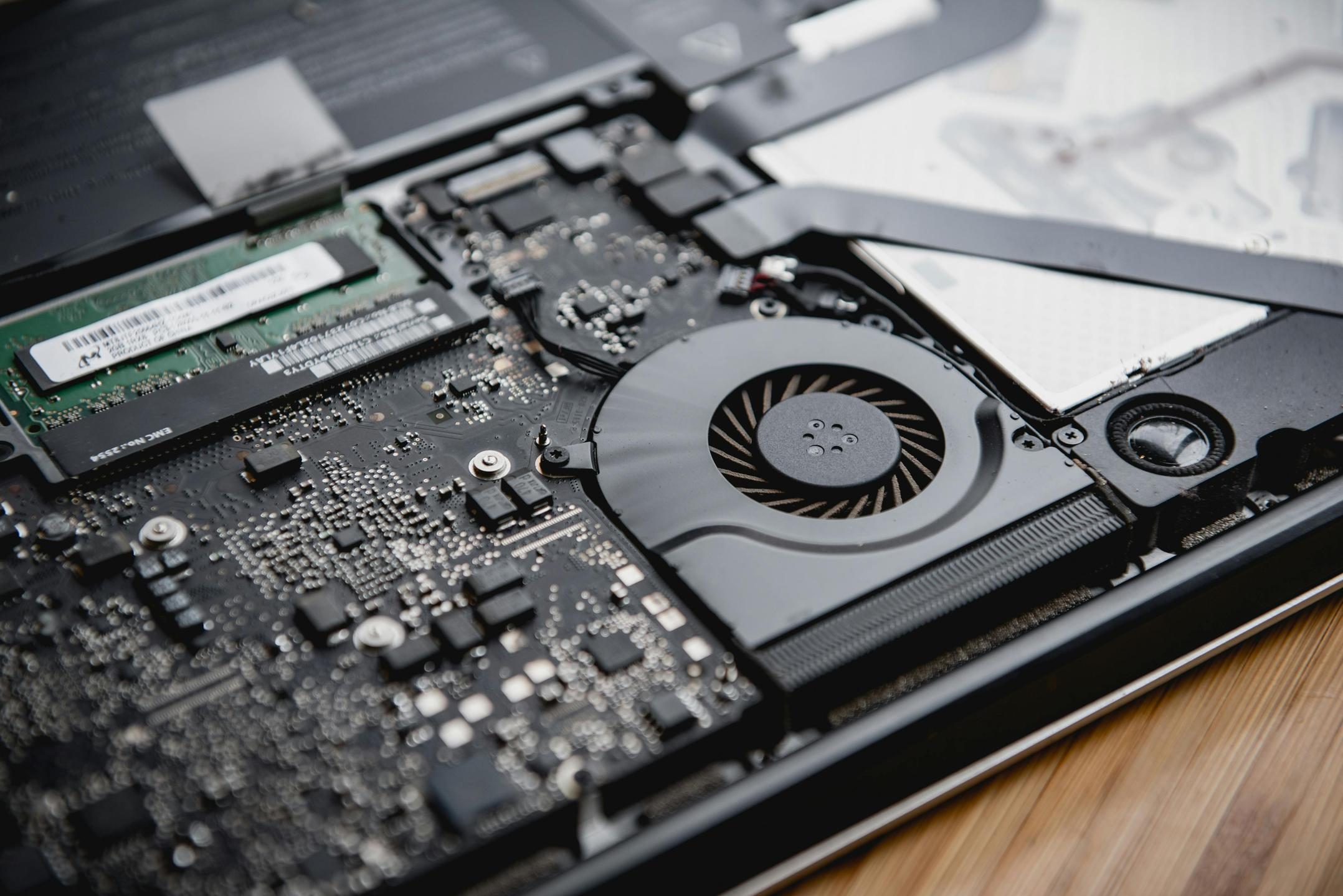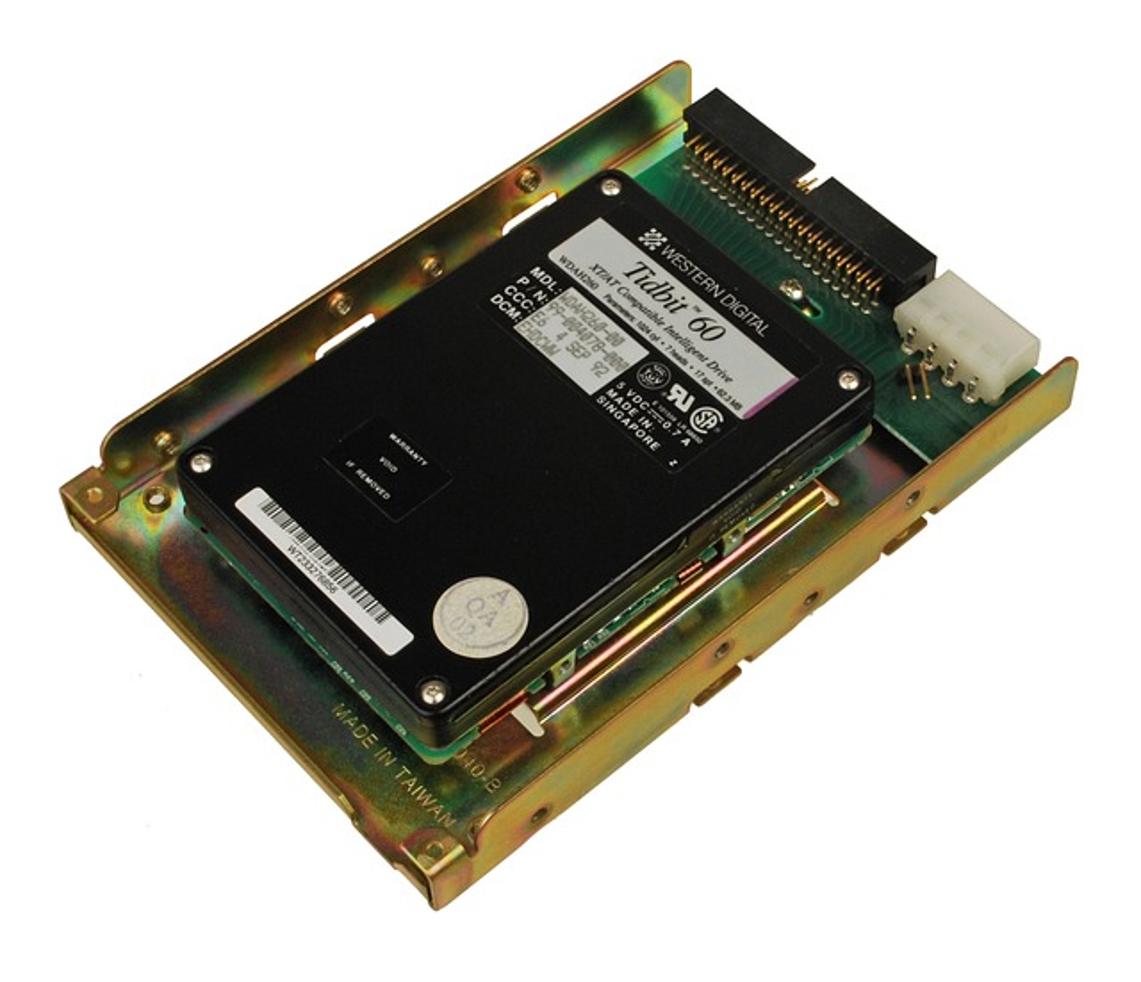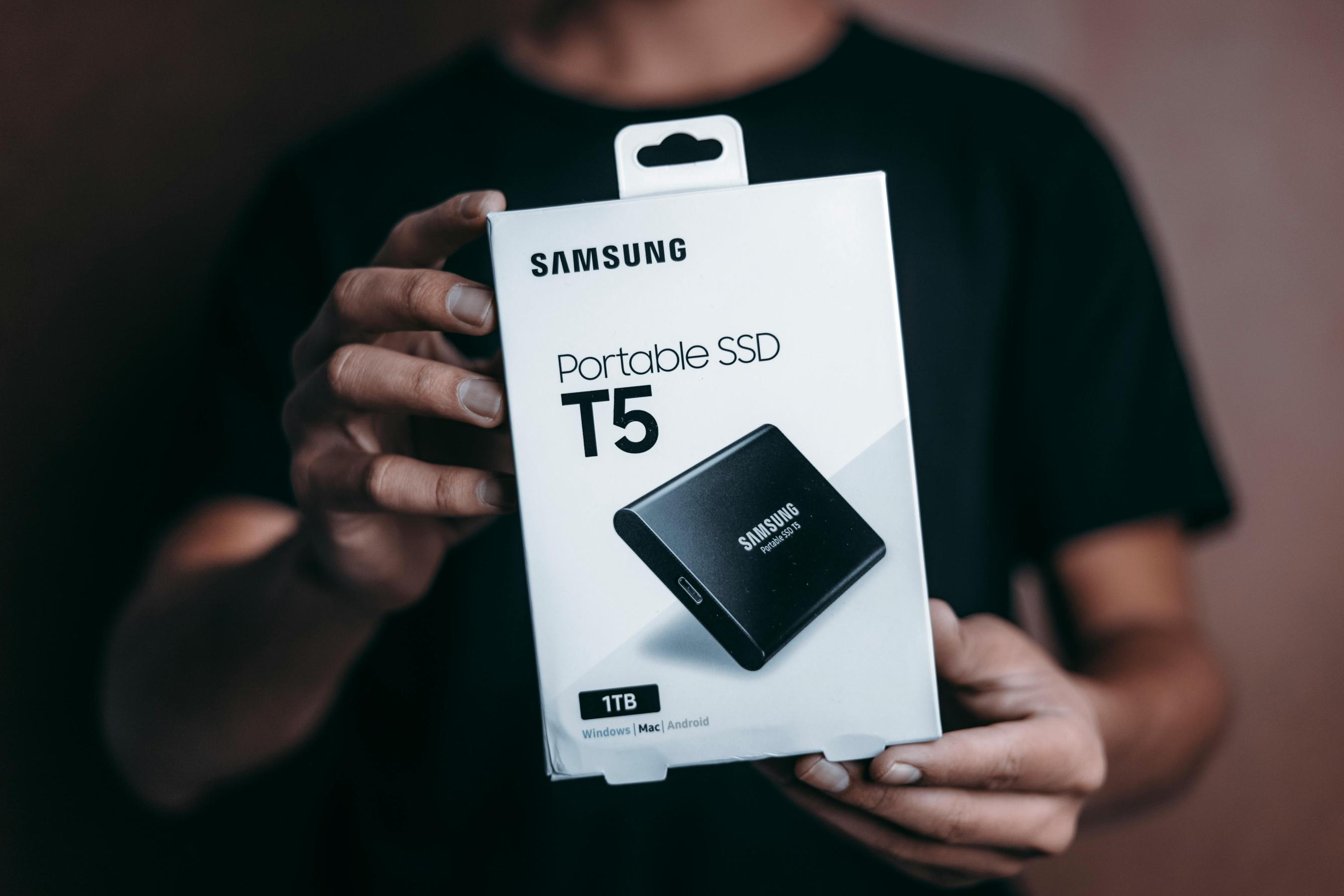Resolving Western Digital External Hard Drive ‘Not Enough Storage’ Issues
Introduction
Running into the ‘Not Enough Storage’ error on your Western Digital external hard drive can be frustrating, especially when you know you should have ample space left. These errors often stem from a variety of causes, ranging from large hidden files to overlooked temporary files filling up the hard drive. This guide aims to explain the common reasons behind these errors, provide step-by-step instructions on how to clear up space effectively, and discuss advanced solutions when basic troubleshooting isn’t enough. Additionally, we’ll delve into preventive measures to keep your external hard drive running efficiently.

Common Reasons for ‘Not Enough Storage’ Errors
Understanding why your Western Digital external hard drive might be showing a ‘Not Enough Storage’ error is crucial before diving into solutions. Several common culprits frequently contribute to this issue:
-
Large Hidden Files: Files hidden from plain view can consume significant storage space. These often include system files, application caches, or obsolete backups.
-
Temporary Files: Various programs and operating systems generate temporary files for operational efficacy. However, these files tend to accumulate over time, eating up valuable hard drive space.
-
Recycle Bin: Files moved to the Recycle Bin are not permanently deleted. Instead, they continue to reside on the hard drive, occupying space until completely emptied.
Identifying these primary factors can simplify the process of freeing up space on your external hard drive and mitigating any future storage issues.
Steps to Free Up Space
To start reclaiming space on your Western Digital external hard drive, follow these steps:
Identifying Large Files
-
Use Disk Utilities: Both Windows and macOS offer built-in utilities to help find large files. On Windows, open ‘File Explorer’, go to ‘This PC’, then search the external drive. Sort the results by size to identify large files. On macOS, use ‘Finder’ and select ‘All My Files’ then sort by size.
-
Third-Party Applications: Tools like WinDirStat (Windows) or GrandPerspective (macOS) can visualize storage usage, making it easy to locate space-consuming files.
Clearing Temporary Files
-
Windows Disk Cleanup: Navigate to ‘This PC’, right-click on the external drive and select ‘Properties’. Click on ‘Disk Cleanup’ and choose the types of files you want to remove.
-
macOS Storage Management: On the Apple menu, go to ‘About This Mac’, then ‘Storage’, and ‘Manage’ to find the option for clearing temporary files.
Emptying Recycle Bin
-
On Windows: Right-click the ‘Recycle Bin’ icon on your desktop and select ‘Empty Recycle Bin’.
-
On macOS: Right-click the ‘Trash’ icon in the dock and select ‘Empty Trash’.
Following these steps will help you address immediate storage issues. However, if these basic solutions don’t resolve the problem, proceed to the advanced solutions discussed in the next section.

Advanced Solutions
More complex issues might require advanced solutions. Here are two key methods:
Reformatting the External Hard Drive
Reformatting can provide a clean slate but will erase all data, so ensure backups are made:
-
Windows: Connect your external hard drive. Open ‘File Explorer’, right-click the drive, and select ‘Format’. Choose the desired file system (e.g., NTFS) and proceed.
-
macOS: Open ‘Disk Utility’, select the external drive, and click ‘Erase’. Choose the file system (e.g., APFS or macOS Extended) and confirm.
Using Disk Management Tools
-
Windows Disk Management: Press ‘Win + X’ and select ‘Disk Management’. Here, you can resize partitions, create new ones, or delete old ones.
-
macOS Disk Utility: This can be used to partition and manage storage to better manage space efficiency.
If reformatting doesn’t resolve your issues, utilizing disk management tools will help optimize the available space better.

Preventive Measures
To avoid running into storage issues repeatedly, consider these preventive practices:
Regular Maintenance Practices
-
Periodic Cleanups: Schedule regular intervals, like once a month, to scan for large and outdated files and clean up temporary files.
-
Software Updates: Ensure your external drive firmware and your computer OS are always up to date.
Efficient Use of Backup Software
-
Incremental Backups: Use backup software that supports incremental backups to ensure that only new or changed files are stored, saving space.
-
Compression: Opt for compression features in backup software which can help reduce the overall size of stored files.
Applying these maintenance practices will prolong the efficiency and lifespan of your external hard drive.
Conclusion
Managing storage effectively on your Western Digital external hard drive can prevent the dreaded ‘Not Enough Storage’ error. By understanding the common causes, applying basic and advanced solutions, and following preventive measures, you’ll maximize your storage efficiency. Regular maintenance and smart backup practices are key to avoiding future issues.
Frequently Asked Questions
How do I reformat my Western Digital external hard drive?
To reformat your drive on Windows, connect the drive, open ‘File Explorer’, right-click it, and select ‘Format’. On macOS, use ‘Disk Utility’, select the drive, and click ‘Erase’.
Can hidden files cause ‘Not Enough Storage’ errors?
Yes, hidden files can consume significant storage space, contributing to these errors. Use disk utilities to uncover and manage them.
What tools can help me manage storage efficiently?
Tools like WinDirStat for Windows and GrandPerspective for macOS can help visualize storage usage and identify large files, aiding in better space management.

